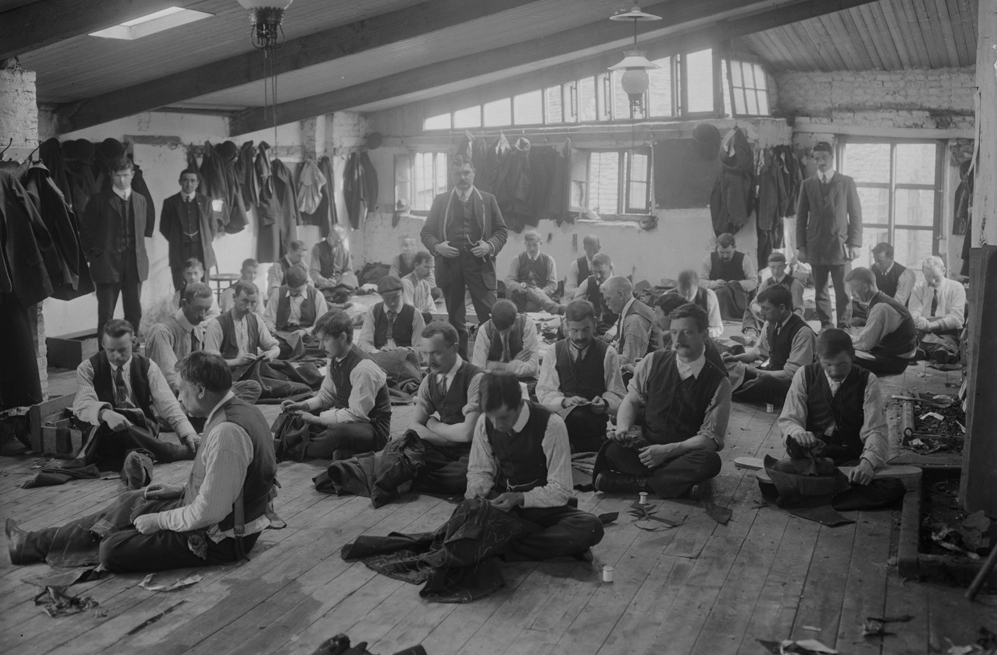An impediment to satisfying, functional relationships is an organizational form so prevalent that without thought it has been accepted, adopted, implemented and defended even though other organizational structures might be far superior.
Where did it come from? Well, more than two millennia ago, Romans devised an organizational system based on a command and control hierarchy that nowadays we call the Pyramid. As Rome grew from a city-state to a far-flung empire it became increasingly unmanageable for the simple reason that it took days then weeks or months for messages to reach the outer territories and a similar time to return. The hierarchy also structured the government, including some people and excluding others, groups who changed from time to time as Caesars and other powerful rulers came and went.
Direction always came from the top down passing through many layers of command. And while the system didn’t speed up communication it did let the Caesars and Generals know who to hold accountable, who to reward for success and who to punish for failure and, in a convoluted way, the system worked fairly well for hundreds of years and even became a model for the Christian church when it came along much later.
The Industrial Revolution
With the invention of the steam engine the industrial revolution occurred first in England then the rest of Europe and America. This revolution moved the means of production from cottages to factories and the pyramid was adopted as an organizational-management system. Owners took the place of Caesars at the top of the pyramid and had two or three administrative layers between them and the workers. In many factories people called supervisors sat in glassed-in offices overlooking the factory floor so they could keep watch over the workers. They were called supervisors because they were above (super) and watched (vision). Foremen reported to the supervisors and worked on the factory floor where they directly contacted the workers, often violently.
 The Industrial Revolution was the result of new technologies and would have succeeded without the pyramid just as computer technology would have succeeded without Microsoft’s Windows. The pyramid said more about upper class attitudes toward workers than about organizational efficiency. Workers were the foot soldiers of industry. They were seen as expendable, inter-changeable parts in a vast, army-like machine and were thought to be motivated only by pain and fear. Thus, the need for floor bosses and constant supervision.
The Industrial Revolution was the result of new technologies and would have succeeded without the pyramid just as computer technology would have succeeded without Microsoft’s Windows. The pyramid said more about upper class attitudes toward workers than about organizational efficiency. Workers were the foot soldiers of industry. They were seen as expendable, inter-changeable parts in a vast, army-like machine and were thought to be motivated only by pain and fear. Thus, the need for floor bosses and constant supervision.
The pyramid was so widely accepted in business and the military that, without thought, its top-down structure was adopted by governments, churches, schools, hospitals and other organizations even though another, less hierarchic structure would have served better.
The history of hierarchic leadership reveals many weaknesses: labor unrest and strikes, high turnover rates, unionization, mediocre performance, arrogant attitudes of managers toward workers and subsequent worker dislike of management, inadequate delegation, excessive use of “power over”.
Disgruntled workers sometimes take their ire out on their bosses. The National Institute for Occupational Safety reported that in the United States employees killed more than 100 managers or supervisors in 1997. Postal service employees have so spectacularly murdered their bosses and fellow workers that, whether deserved or not, “going postal” has become synonymous for worker rage. There seems to be a relationship between postal employee anger and the fact that the U.S. Post Offices are “run like the Army”.
It’s my observation that many leaders underestimate the wealth of knowledge, ingenuity and creativity of employees. However, a growing number recognize the necessity of building more democratic workplaces where workers can begin to act more like managers and managers more like workers. To do this, leaders must acquire new skills so they can build relationships based on an understanding of human behavior and motivation.

